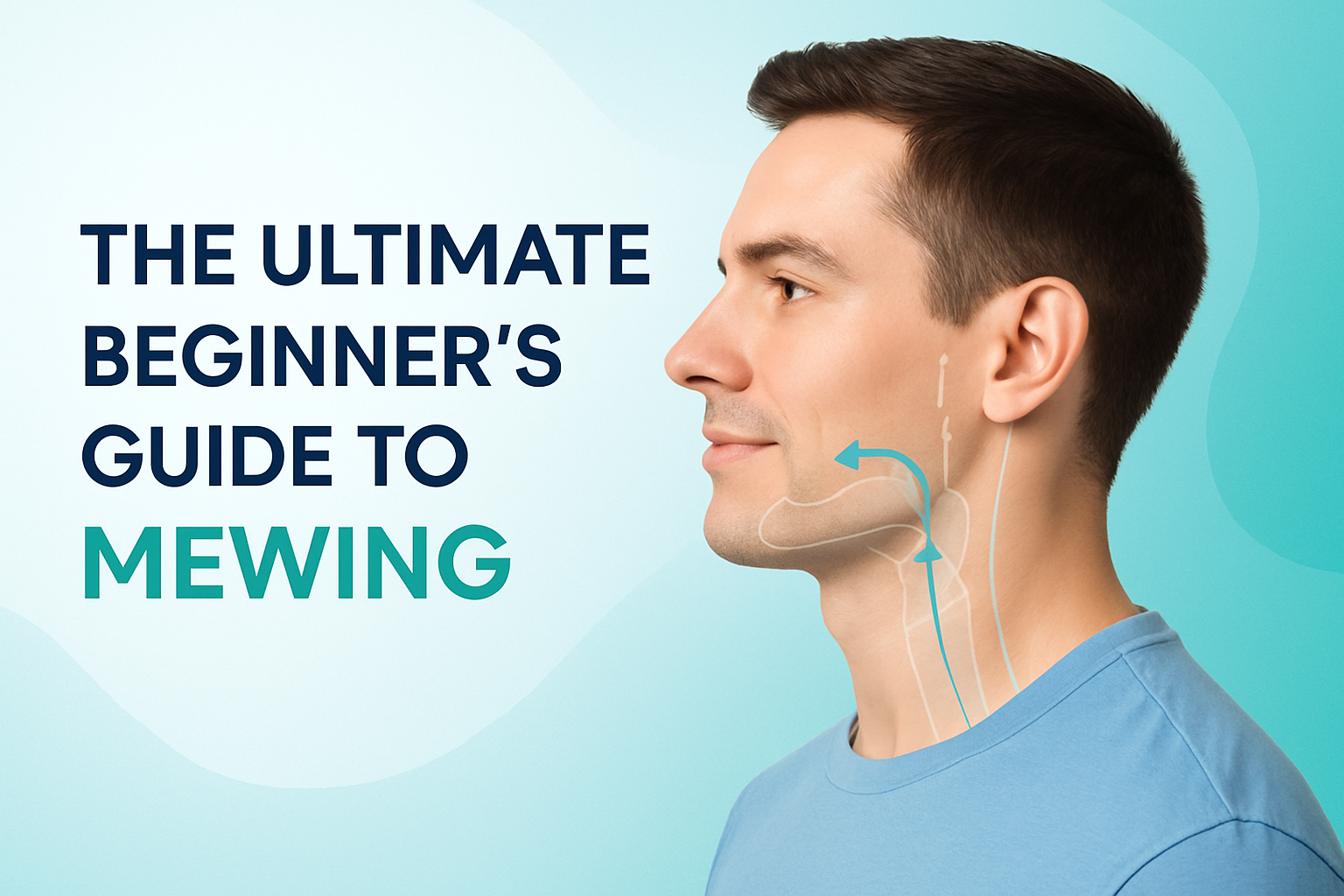Many people are interested in improving their facial structure and jawline, and one popular method that has gained attention is mewing. Mewing is a technique that involves maintaining proper tongue posture to potentially enhance facial aesthetics and jawline definition. However, if you are someone who wears braces, you may wonder if it is safe to practice mewing while undergoing orthodontic treatment. In this article, we will explore whether you can mew while wearing braces and discuss any potential risks or considerations.
Understanding Mewing
Before we delve into the topic, let’s briefly explain what mewing is. Mewing is a term coined by Dr. John Mew, a British orthodontist. The technique involves placing the tongue on the roof of the mouth, specifically against the hard palate. Advocates of mewing believe that this posture can help improve facial symmetry, correct improper jaw alignment, and potentially enhance overall facial aesthetics.
Mewing and Braces
If you are currently wearing braces, you may be concerned about whether mewing will interfere with your orthodontic treatment. While there is limited scientific research on the topic, many orthodontists recommend avoiding mewing while wearing braces. The main reason for this recommendation is that braces exert constant pressure on the teeth to guide them into the desired position. Mewing, which also involves applying pressure to the roof of the mouth, may potentially interfere with the movement of the teeth.
It is important to prioritize the effectiveness of your orthodontic treatment when wearing braces. The primary goal of braces is to straighten your teeth and correct any bite issues. Deviating from your orthodontist’s treatment plan, including practicing mewing, may hinder the progress and potentially lead to undesirable outcomes.
Consult with Your Orthodontist
Every orthodontic case is unique, and it is crucial to consult with your orthodontist before incorporating any additional techniques, such as mewing, into your routine. Your orthodontist has the expertise and knowledge to evaluate your specific situation and provide personalized advice.
During your regular appointments, make sure to discuss your interest in mewing with your orthodontist. They will be able to provide guidance based on their professional opinion and the specifics of your treatment plan. It is essential to follow their recommendations to ensure the best possible outcome for your orthodontic treatment.
Focus on Compliance
While you may not be able to practice mewing while wearing braces, it is crucial to focus on compliance with your orthodontic treatment. This means following your orthodontist’s instructions regarding wearing elastics, avoiding certain foods, and maintaining good oral hygiene.
Remember, the success of your orthodontic treatment depends on your commitment to the treatment plan outlined by your orthodontist. By diligently following their instructions, you can maximize the effectiveness of your braces and achieve the desired results.
Post-Braces Mewing
Once your braces are removed and your orthodontic treatment is complete, you may consider incorporating mewing into your routine. At this stage, your teeth have reached their desired position, and the risk of interfering with the orthodontic treatment is significantly reduced.
It is essential to note that mewing alone may not drastically change your facial structure or jawline. While some individuals report positive results, it is crucial to manage your expectations and understand that genetics play a significant role in determining your facial features.
Conclusion
In conclusion, if you are currently wearing braces, it is generally recommended to avoid practicing mewing. The pressure exerted by braces on your teeth, combined with the pressure from mewing, may interfere with the effectiveness of your orthodontic treatment. Consult with your orthodontist for personalized advice and focus on compliance with your treatment plan. Once your braces are removed, you may consider incorporating mewing into your routine, understanding that its impact may vary from person to person. Remember, patience and consistency are key when it comes to achieving your desired facial aesthetics.







